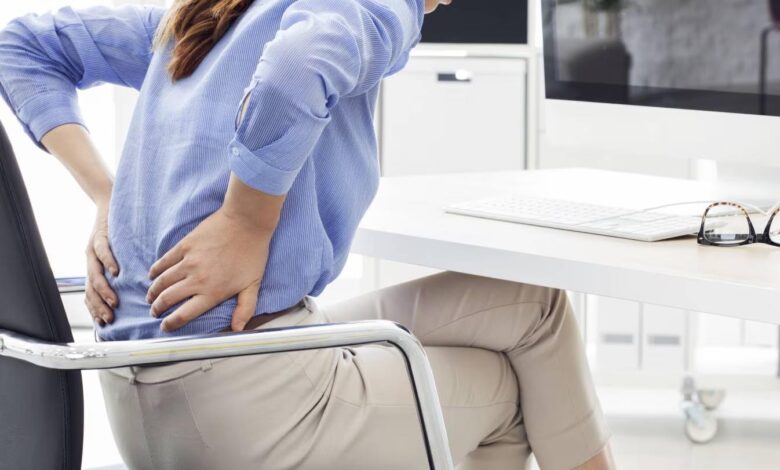
The glutes are three muscles on the outside and back of your hip that stabilize the hip, lift the leg, and rotate the thigh. Together, they act as a base for the spine and stabilize the pelvis and core. If the gluteal muscles are really disabled, we will not be able to stand.
When you take a step forward, your glutes should be activated. But when you sit, the muscles in the front of your thighs and buttocks allow them to rest. If you repeatedly sit at a desk for eight hours a day, the neurons that signal these muscles to activate are delayed. Over time, this cycle can weaken the gluteal muscles and cause problems such as back pain and knee pain.
How do we know we have gluteal amnesia?
When your biceps or quads are activated, you can see them contract, but it’s hard to see your glutes being activated.
You might think your glutes are strong because you can squat, but your quads and lower back can do the whole thing. If you regularly sit for more than two to three hours straight, you’ve probably developed some degree of gluteal amnesia.
The simplest exercise to test the activation of the gluteal muscles is to: stand on one leg, put your body weight on one leg and leave the other leg free to hang naturally. At this time, you will feel that the gluteal muscle on the side where your leg is hanging is soft, because there is no pressure on it.
Now put the weight on the leg that was hanging before and contract the muscles on that side of your hips. In this case, you should feel that this muscle has become tighter. When you try to activate your glutes, you should feel a slight tightening in your muscles. If the muscle is weak, you may need to contract it several times to feel the activation well.








